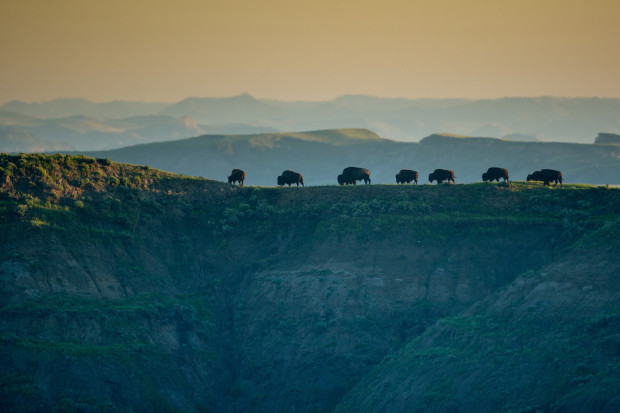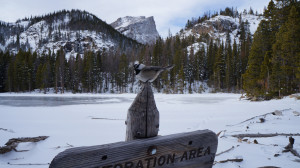We have much more to do and your continued support is needed now more than ever.
The Economics of Public Lands

Despite these many values, some state legislatures and members of Congress think that public lands are little more than a real estate deal they can hastily undertake to cash a one-time check. As the owners of the public lands that continue to provide value every year, we have to stand up against attacks on our public lands that would hand them over to private interests.
Valuing Public Land
The return on investment in public lands is truly staggering. Many of these areas provide ecosystem services, the benefits that wildlife and ecosystems provide people. These resources continue to be a sustained, consistent driver of economic activity.

- Public lands support the growing outdoor recreation economy. The outdoor recreation economy generates over $646 billion annually, and continued to grow even through recessions.
- Public lands are popular. The National Park System had over 273 million visitors in 2013 and the National Forest System had roughly 160 million recreational visitors from all over the country.
- Westerners visit and value their public lands. A 2014 poll by Colorado College found that 95% of Westerners visited public lands in the last year, and 83% believe funding for National Parks, Forests, and other public lands should not be cut.
- Wildlife-based recreation is big business. A survey by the U.S. Fish and Wildlife Service and U.S. Census Bureau found that over 90 million people participate in hunting, fishing, or wildlife-watching — generating over $144 billion in expenditures.
- National Parks support vibrant “gateway communities.” The National Park Service released a report in July indicating that National Parks support close to 240,000 jobs and generate over $14.6 billion in economic activity in gateway communities, or those areas leading into National Park Service units. According to National Park Service Director Jonathan B. Jarvis, “Every tax dollar invested in the National Park Service returns $10 to the U.S. economy because of visitor spending in gateway communities near the 401 parks of the National Park System.”
- National Monuments boost local economic prosperity. A report by Headwaters Economics found that per capita income in local communities increased during the years following designation of a National Monument, showing that economic impacts ripple through a community.
- Public-private partnerships help protect clean drinking water. As droughts continue throughout the West, partnerships between the Forest Service and utilities like Denver Water or corporations like Coca-Cola help ensure drinking water sources and restore watersheds.
- Skiing our National Forests. According to the U.S. Forest Service, about one-half of all U.S. ski visits occur at least partially on National Forest land, generating $26 million annually for the U.S. treasury.
While these headline, national numbers are truly impressive, you can also see benefits at a local level. Headwaters Economics has an excellent tool for economic impacts of individual National Park Service units, ranging from those by the over 9 million annual visitors to Great Smoky Mountains National Park in North Carolina and Tennessee to the $109 million of visitor spending at Point Reyes National Seashore in California.
Selling Out Our Public Lands

A 2010 estimate of the real estate value of all federal public lands, including iconic sites like Yosemite and Yellowstone, placed them at $408 billion — and even this amount was a high estimate overlooking costs of sales according to the Congressional Research Service. That amount is still less than the $646 billion annual economic impact of the outdoor recreation industry. Selling public lands for a one-time amount that is less than the annual economic impact just from one type of use simply doesn’t makes sense.
Over 40 state affiliate partners of the National Wildlife Federation signed onto a letter recently opposing efforts to engage in wholesale federal land disposal for the purposes of paying the federal debt. They want us to support and protect these public lands, in part because they are such a source of economic value.
![]() Let Congress know you support collaborative, scientific management that supports economic growth and outdoor recreation!
Let Congress know you support collaborative, scientific management that supports economic growth and outdoor recreation!






















